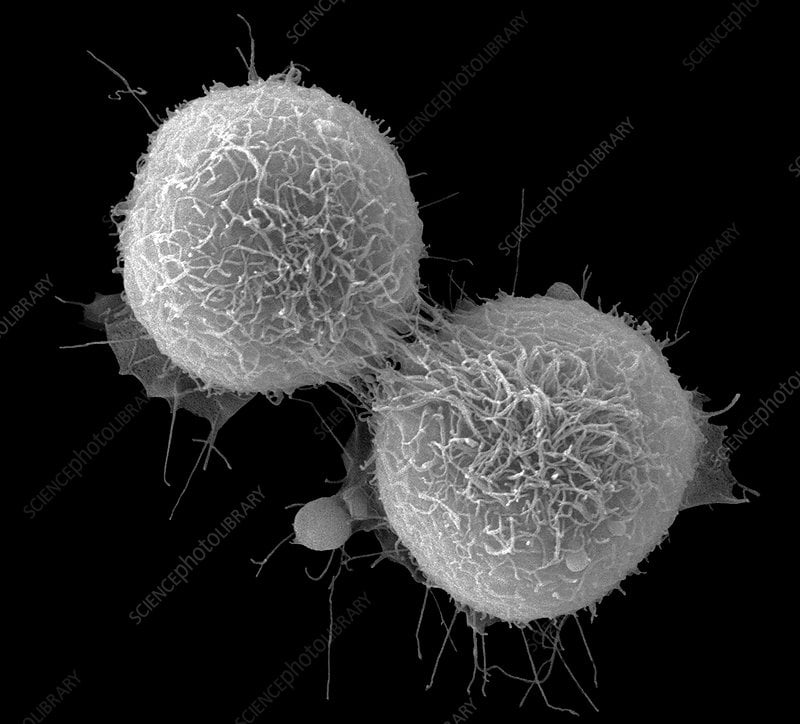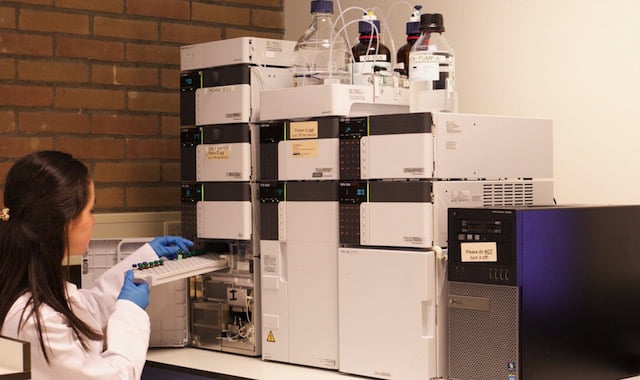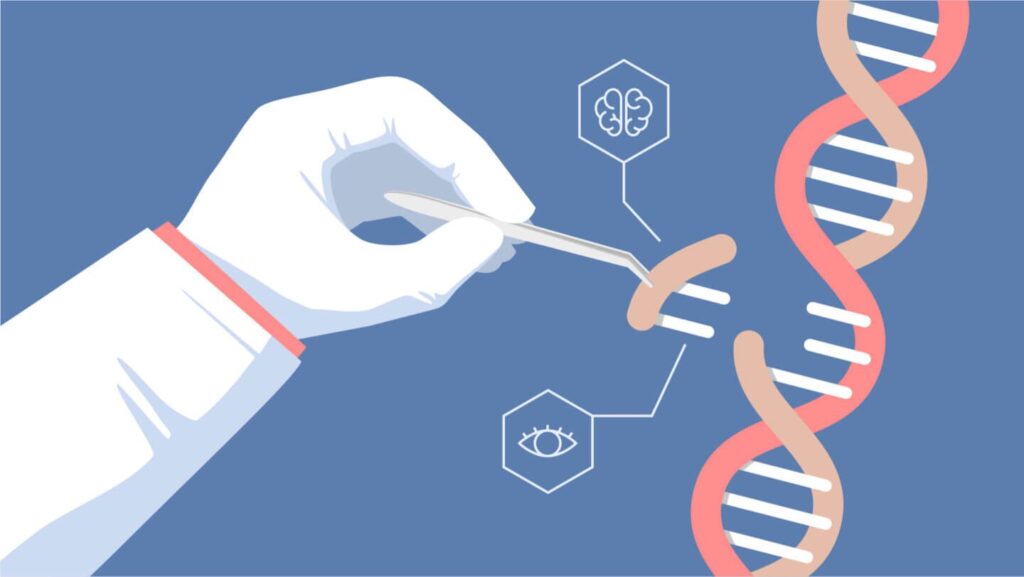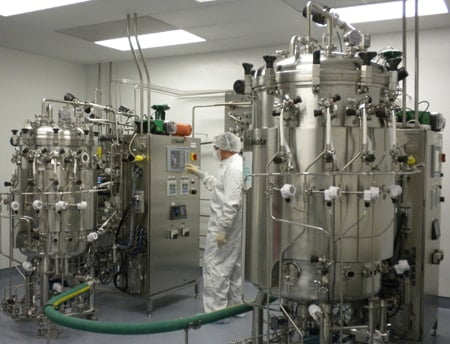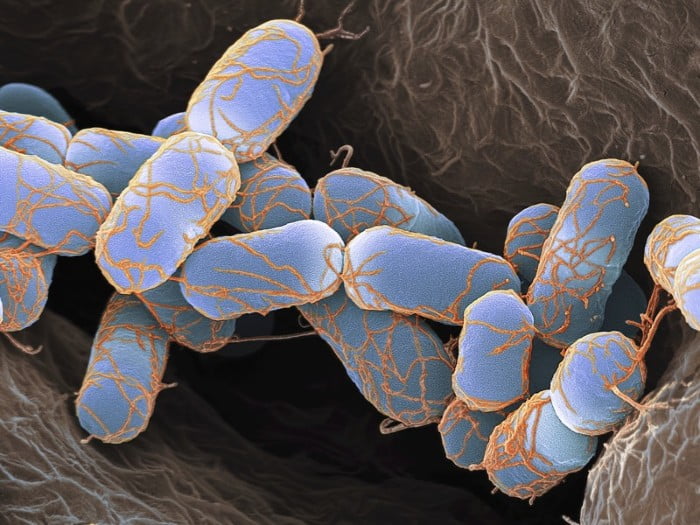A Eukaryotic Cell Cycle- An Overview
In 1951, Alma Howard (a radiobiologist) and Stephen Pelc (a physicist), conducted experiments with radioactive DNA labelling in plants and gave an outline of the cell cycle that we study today. Initially they conducted the experiment on a mouse but due to its inefficiency they used Broad bean instead. Their research introduced the G1, S, […]
A Eukaryotic Cell Cycle- An Overview Read More »
